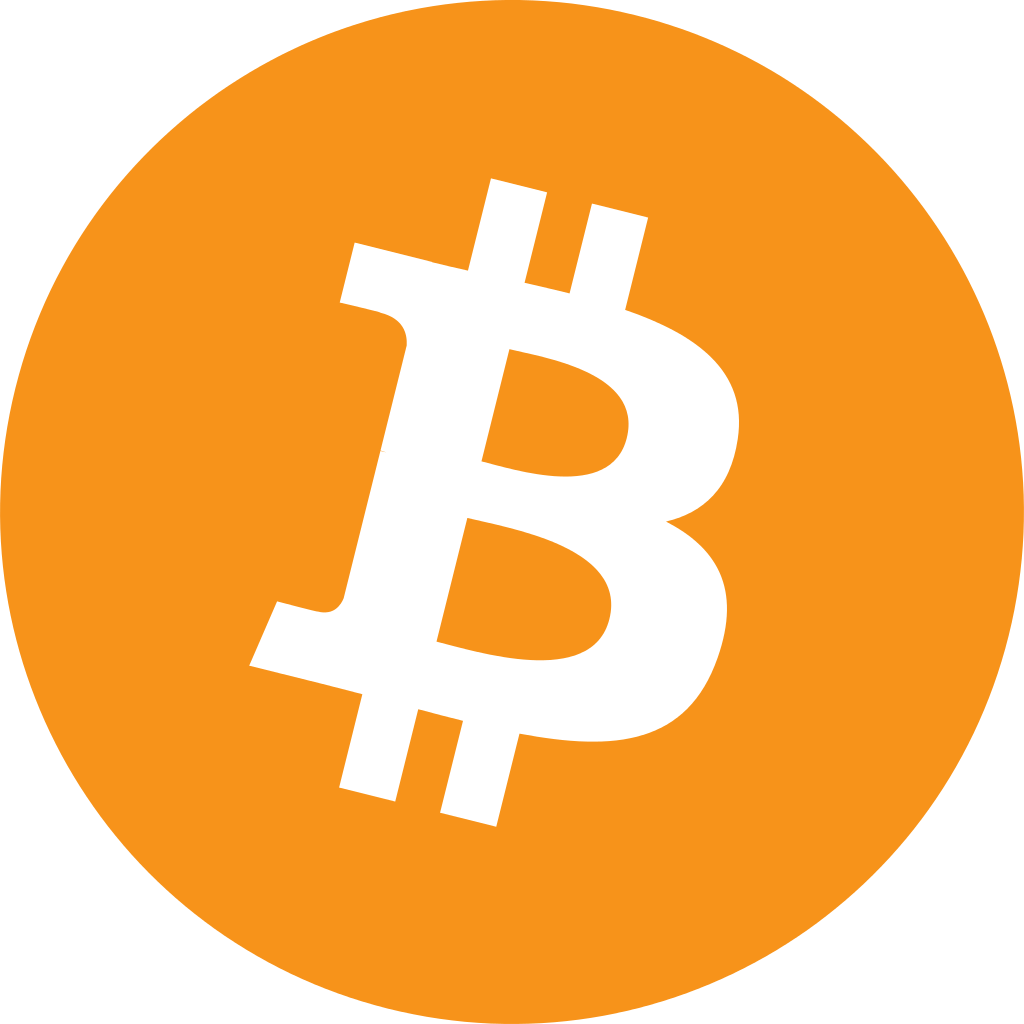Do you know what happens with your money once you deposit it into the bank? Banks take the money you deposit and loan it out to others. If you ever wanted to withdraw all the money you deposited, you can, because banks are responsible for keeping a fraction of customer deposits on hand at the bank, which is known as the reserve requirement.1 There is one issue with this system — what if one day every customer wanted to withdraw their deposits at the same time? Typically, this would never happen, but when there is uncertainty in a bank‘s financial stability, everything can go wrong.
It was 2007 and the financial crisis was about to begin. Banks were using money deposited to them for high risk investments in subprime mortgages. Homeowners were being approved for mortgages on homes they could not afford. Inflation from the housing market bubble was leaving banks holding assets for a lot less than what they were worth. In late 2007, the Housing Market bubble officially popped causing many homeowners to lose thousands of dollars on their home. Mortgages were defaulted on, leaving banks with a lot less money then what they had lent out.2 This crash led to banks going bankrupt, putting the US economy into a full-blown international banking crisis.
A year after the housing market crash, in October 2008, an unknown figure named Satoshi Nakamoto, published an article, “Bitcoin: A Peer-to-Peer Electronic Cash System,“ which revolutionized the way we view centralized fiat currencies in our global economy. Fiat money is government issued currency that is not backed by a commodity.3 In this article, Nakamoto identified a solution to prevent any future recessions or banking crises. Nakamoto explained, “What is needed is an electronic payment system based on cryptographic proof instead of trust, allowing any two willing parties to transact directly with each other without the need for a trusted third party.” This removes the need for a banking system and protecting the individuals from future recessions.4

This article laid the ground work for the development of Bitcoin. Nakamoto spent about a year corresponding with other experts in the technology community, explaining his philosophical reasons for wanting to create a kind of digital gold standard. Nakamoto used an untraceable email address and website to give instructions to Gavin Andresen and Jeff Garzik. These coders and software engineers only spoke about business and never received any person information of who Satoshi Nakamoto actually was. Nakamoto published hundreds of online posts in perfect English but only about his new technology. Nakamoto’s location, race, photograph or even gender was never reveled to Andresen or Garzik, but nonetheless, they still worked together to create and finish Nakamoto’s vision.5
After a year of constant correspondence and tweaks, Nakamoto was finally ready to release Bitcoin to the public. All of Nakamoto’s work led up to one push of a button. Nakamoto created the genesis block of Bitcoin on January 3, 2009 at 18:15 pm. The genesis block is the first block of a block chain.6 In other words, this genesis block was the beginning of all crypto-currency and the mother of all block chains. A block chain is a growing list of records, called blocks, that are linked using cryptography or in other words it is the public record of each transaction for a crypto-currency.7 A revolution in currency had begun. Users’ identities would be protected. Records would be completely decentralized. And no one would be in charge — not governments, not banks, not even Nakamoto. At first the currency had no popularity except between a handful of programmers but as word spread it quickly gained traction. At the beginning, a Bitcoin was worth pennies per coin but gained enough belief and support to reach its high of a single coin being worth 19 thousand dollars each.8

After launching and creating Bitcoin, Nakamoto disappeared. In April 2011, Nakamoto sent a note to one of his developers saying that he had “moved on to other things.” He has not been heard from since. Many wonder who this person or group is and have tried to build conspiracies on who it is. Nonetheless, Nakamoto’s creation had started a revolution against central banks and fiat currencies. After the Bitcoin genesis there have been around 2000 other crypto-currencies created for an assortment of different reasons. With Bitcoin being accepted by businesses through out the US, the United States Department of the Treasury classified Bitcoin as a virtual currency, the first of its kind. This growing trend is something that is not going to go away but something that will likely only gain support and could possibly become our accepted norm for all transactions in the future.9
- Wikipedia, 2019, s.v. “Monetary Policy of the United States,” https://en.wikipedia.org/wiki/Monetary_policy_of_the_United_States. ↵
- Eamonn Moran, “Wall Street Meets Main Street: Understanding the Financial Crisis,” UNC School of Law, Vol. 13, no. 1 (2009): 40-60. ↵
- Wikipedia, 2019, s.v. “Fiat money,” https://en.wikipedia.org/wiki/Fiat_money. ↵
- Satoshi Nakamoto, “Bitcoin: A Peer-to-Peer Electronic Cash System,” October 31, 2008, https://bitcoin.org/en/bitcoin-paper. ↵
- Wikipedia, 2019, s.v. “Satoshi Nakamoto,” https://en.wikipedia.org/wiki/Satoshi_Nakamoto ↵
- Wikipedia, 2019, s.v. “Genesis Block,” https://en.bitcoin.it/wiki/Genesis_block. ↵
- Wikipedia, 2019, s.v. “Blockchain,” https://en.wikipedia.org/wiki/Blockchain. ↵
- Wikipedia, 2019 s.v. “History of Bitcoin,” https://en.wikipedia.org/wiki/History_of_bitcoin. ↵
- Wikipedia, 2019, s.v. “History of bitcoin,” https://en.wikipedia.org/wiki/History_of_bitcoin. ↵



27 comments
Kendall Guajardo
I think this was a great article explaining how Bitcoin arose after the 2008 recession. I think bitcoin could be the future but its hard to trust considering its harder to regulate, although I am not opposed to not letting banks loan out our money. I think in general people use bitcoin for sketchy things but people could do that with regular money as well, I think with Bitcoin though its harder to trace. I definitely did not know that Bitcoin was created by an unknown figure. That was a really strange occurrence and the fact that it really isn’t publicized is just as strange. I won’t be using Bitcoin anytime soon though.
Max van de Kuilen
I know about bitcoin, but I didn’t know what the reason behind its creation was. This article showed me how it was meant to be a replacement of the way we deposit capital to banks these days. Like a lot of people I’m a little sceptical about it, mostly because of the aggressive changes in value over the past few years. Also I wonder why Satoshi Nakamoto never took any credit, there must be a good reason behind it.
Ronnie Woods
The fact that the person who created bitcoin chose to work from the shadows leaves me uneasy. The point that he basically fell off the face of the Earth once he created something so successful makes me not trust it. It is just human nature to want to be acknowledge unless you are doing something wrong. I understand that the world we live in is very much so digital, but as of now I do not think cryptocurrency, without ways to enforce laws governing it or federal regulations, should be looked as an alternative for our current currency or gold.
Arsema Abera
I have heard the term bitcoin about a thousand times, even my friends are obsessed users of it but never bothered to tell me what it was bitcoin this bitcoin that couldn’t really understand what it was until I read this article. First of all, thank you for clarifying what bitcoin means and how it works second of all, the great article I enjoyed reading it. I was really surprised that Nakamoto didn’t take full credit for his invention and was never heard from again it’s amazing.
Jose Chaman
Very good article. Even though I have heard the name Bitcoin countless times, never investigated further. Thanks to this article I was able to discover that Bitcoin was created in times of recession by Satoshi Nakamoto, a visionary who evaluated the financial situation of 2008 to give a solution. Based on fiat money, Nakamoto was able to create a crypto currency, a currency backed by cryptographic proof to avoid these economic crises. The future is now.
Kacey Diaz
Bitcoin is the future. It’s not going away and not going anywhere, yet many people have yet to realize it yet or continue to deny it. I really loed how you were able to bring attention to Bitcoin and also bring up the past to show how the future is changing. As someone who trades Bitcoin and Forex I see the economy different than most people and I was really excited to read this article.
Melissa Garza
This is a great article Pablo! To be honest I never really understood banking and the economy let alone bitcoin. I have always heard about it but I didn’t really fully understand it. This article has bettered my understanding of bitcoin a lot. I now know that the government doesn’t regulate it and it is hard to. Therefore you do not have to pay taxes. I also found it really interesting that the creator Nakamoto just disappeared and claimed he was working on other things, that’s so odd.
Luis Jaen
This article brought to light the mysterious story of Satoshi Nakamoto, I have never heard of this person before. This story behind Nakamoto is very interesting and it has sparked an interest as to who he is and where he is now. I never really understood Bitcoin, but this article helped me to realize just how expensive it can be, with one being worth nineteen thousand dollars. Overall, this article has portrayed the anonymity of this story of Bitcoin and was very interesting to read!
Francisco Cruzado
I think on what were the reactions that the banking system had, the way the great financial institutions of the twentieth and twenty-first centuries replied to such an event as the creation of a crypto-currency, one that was said to exist just to oppose a system to one that seemed immutable. I remember the debates that crowded the internet, the challenging opinions many had in regard to allowing for an ‘utopian’ democracy when making financial transactions, the comments on returning to a system that could base itself in something different from vague trust. I do not know about the financial market functioning, but I do know that there will always be resistance to the challenges to the status quo, and that the oligopolization of wealth is an ever-lasting topic of discussion that remains in the minds of the youth, dismissed, like an irony
Lesley Martinez
I remember hearing about bitcoin and that it was thought to be the next big thing. It’s so interesting to think of a world without the banking system that is considered as the trusted party into Bitcoin – a system where no one is in charge. I was unaware of Satoshi Nakamoto and his mysterious virtual being throughout this whole process; I would have imagined this would have set off some alarms. I enjoyed reading about this type of crypto-currency, great article!